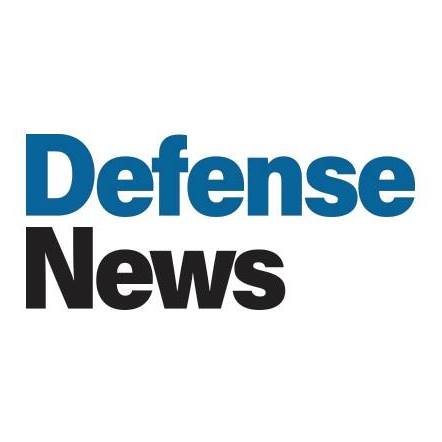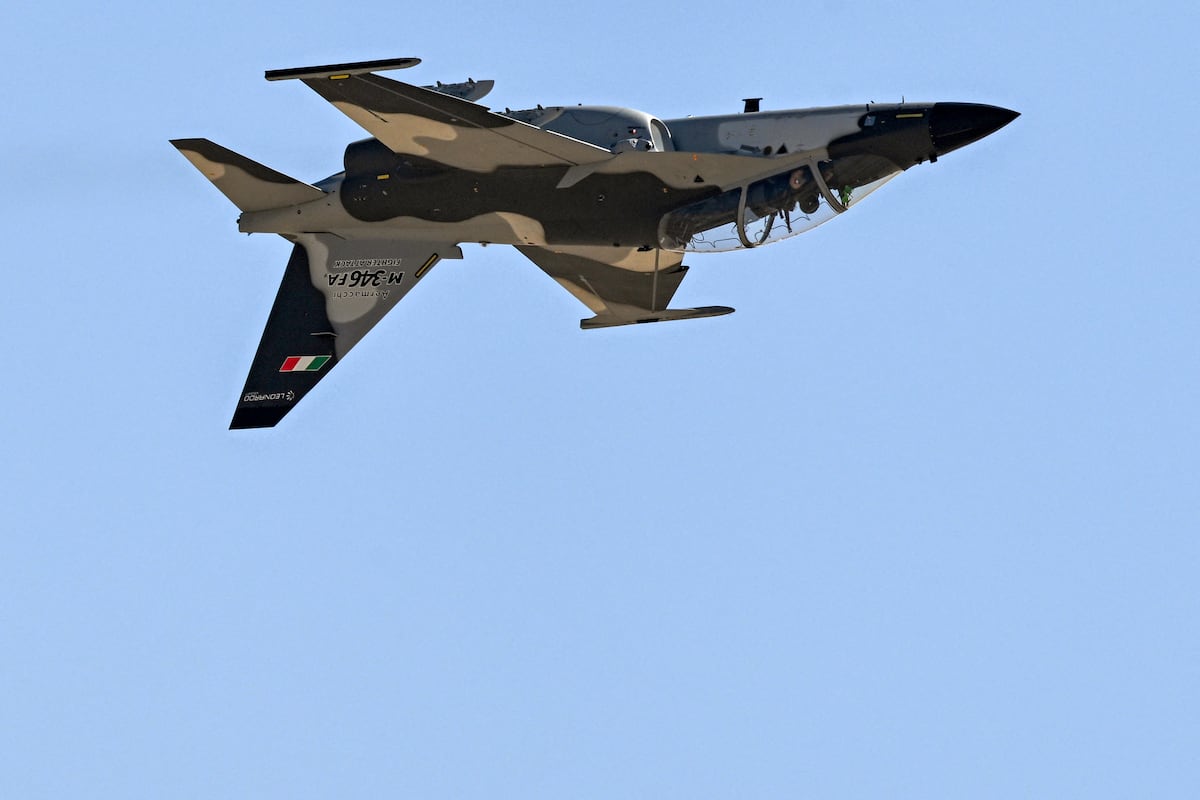



TOKYO — As Japanese defense officials move to upgrade a military training infrastructure hard-pressed to produce F-35 pilots, vendors are proposing new planes to fill a gap.
The Japan Air Self-Defense Force, or JASDF, has made small steps to begin turning around what experts have described as an obsolete training ecosystem. Officials have already selected Textron’s T-6JP Texan II as its basic trainer to replace the Fuji T-7, and a T-6 procurement contract should be signed before year’s end.
However, Japan next needs to think clearly about how to replace its Kawasaki T-4 intermediate jet trainers, more than 200 of which entered service from 1988. With the JASDF now flying fifth-generation F-35A/F-35B fighters, the T-4 is deemed unfit for the task of transitioning fighter pilots to such advanced aircraft.
Tokyo is currently mulling its options for new advanced jet trainers. It issued a request for information in October 2024, and the submission deadline closed on May 8, 2025.
Select domestic and foreign vendors attending DSEI Japan, held in Chiba from May 21-23, were touting their respective products.
Boeing was promoting the T-7A Red Hawk, while Leonardo believes the M-346 Block 20 is best suited. Elsewhere, Mitsubishi Heavy Industries (MHI) is even proffering a clean-sheet T-X design.
Responding to a Defense News question about the T-7A at DSEI Japan 2025, John Suding, Boeing’s Executive Director for Defense and Government Services in East Asia, said, “We believe the T-7 would be a fantastic fit.”
He continued, “The training that it will do for the United States Air Force is very similar to the training that Japan does for their air force, and particularly for their fighter fleet, so with F-35s and F-15s being upgraded, there’s a lot of commonality there within the training system.”
One thing in favor of an American platform being eventually selected was a U.S.-Japan leaders’ summit in April 2024. This saw the two countries announce exploration of joint development of a trainer aircraft to replace the T-4 fleet.
However, Leonardo believes it has a compelling offering with its M-346 Block 20, a new variant with improved avionics and cockpit display that will be delivered to first customer, Austria, in 2028.
The company had a cockpit simulator at DSEI Japan 2025, and Diego Siccardi, responsible for Leonardo’s international campaigns in the Far East and Oceania, highlighted several points in the platform’s favor.
One is that, since 2022, a handful of Japanese fighter pilots have been flying M-346s in advanced fighter training in the commercially run International Flight Training School (IFTS) in Sardinia, Italy. Siccardi said, “They’re really happy about the training level they’re getting there,” with plans to expand pilot numbers.
Another advantage is Japan’s rapidly expanding cooperation with Europe under the Global Combat Air Programme (GCAP). Creating synergy, this trilateral project involves Leonardo and Japan. It’s a landmark program for Tokyo, given that it traditionally cooperates so closely only with the United States.
Thirdly, Siccardi stressed Leonardo’s willingness to transfer technology to Japan and work with domestic Japanese partners. “We’re looking to maximize the indigenous content,” he acknowledged.
Mitsubishi Heavy Industries displayed a scale model depicting a T-X trainer aircraft at DSEI Japan 2025. With work commencing last year, the project is still in its early stages, so officials could not provide too many clear details.
The twin-engine aircraft would feature an advanced cockpit system containing large touchscreens, as well as embedded simulator functions. Officials told Defense News that the T-X could also replace F-2B and F-15DJ trainer variants, which explains why the trainer’s size approaches that of an F-2.
However, the factor mitigating against the T-X is time. It would take multiple years to develop and be ready for procurement. Therefore, its future entirely depends on the JASDF’s schedule for retiring the T-4 and whether Japan’s Ministry of Defence wants to pursue a wholly indigenous design.
As the JASDF updates its trainer aircraft platforms, there is an opportunity to simultaneously overhaul its training system. CAE is one company keen to help.
Marc-Olivier Sabourin, CAE’s Division President, Defence & Security International, told Defense News: “The current Japanese program is relying on assets that are becoming obsolete, so their training throughput is challenged. But also the training proficiency they get with their existing training system still creates a significant gap between the cadet knowledge and F-35 operations.”
CAE does not currently hold any JASDF contract for pilot training, but there is growing interest from Japan for an integrated learning environment. This appetite was whetted when CAE ran a study with 30 Japanese pilot cadets around one and a half years ago.
That study utilized virtual reality-based simulators to provide independent instruction and coaching. Gary Eves, CAE’s principal technology officer, said: “We completed the study, and we were able to show that within just one hour of AI-based coaching, I could make about a 20% improvement on their grade performance without an instructor.”
Gordon Arthur is an Asia correspondent for Defense News. After a 20-year stint working in Hong Kong, he now resides in New Zealand. He has attended military exercises and defense exhibitions in about 20 countries around the Asia-Pacific region.
